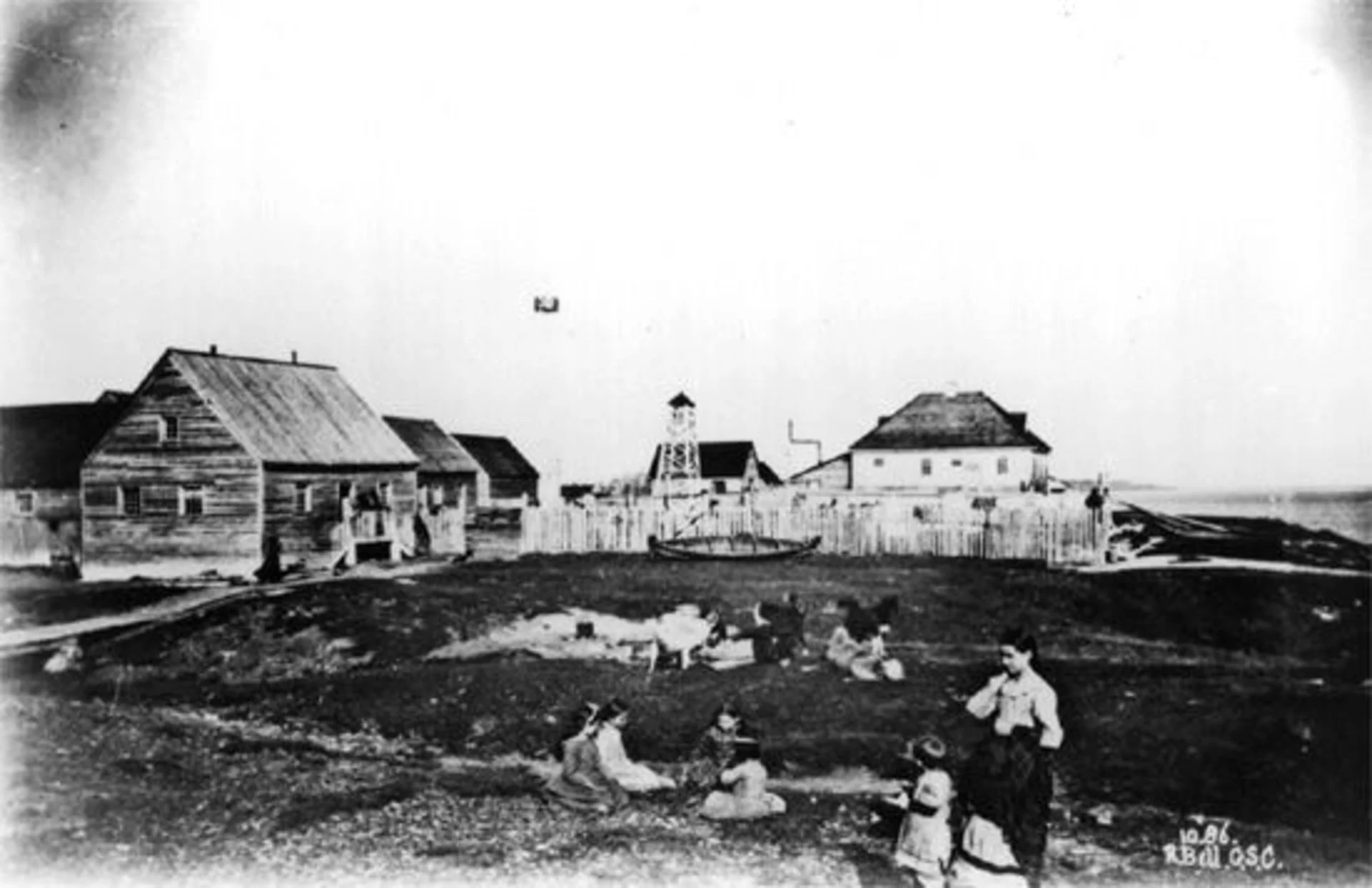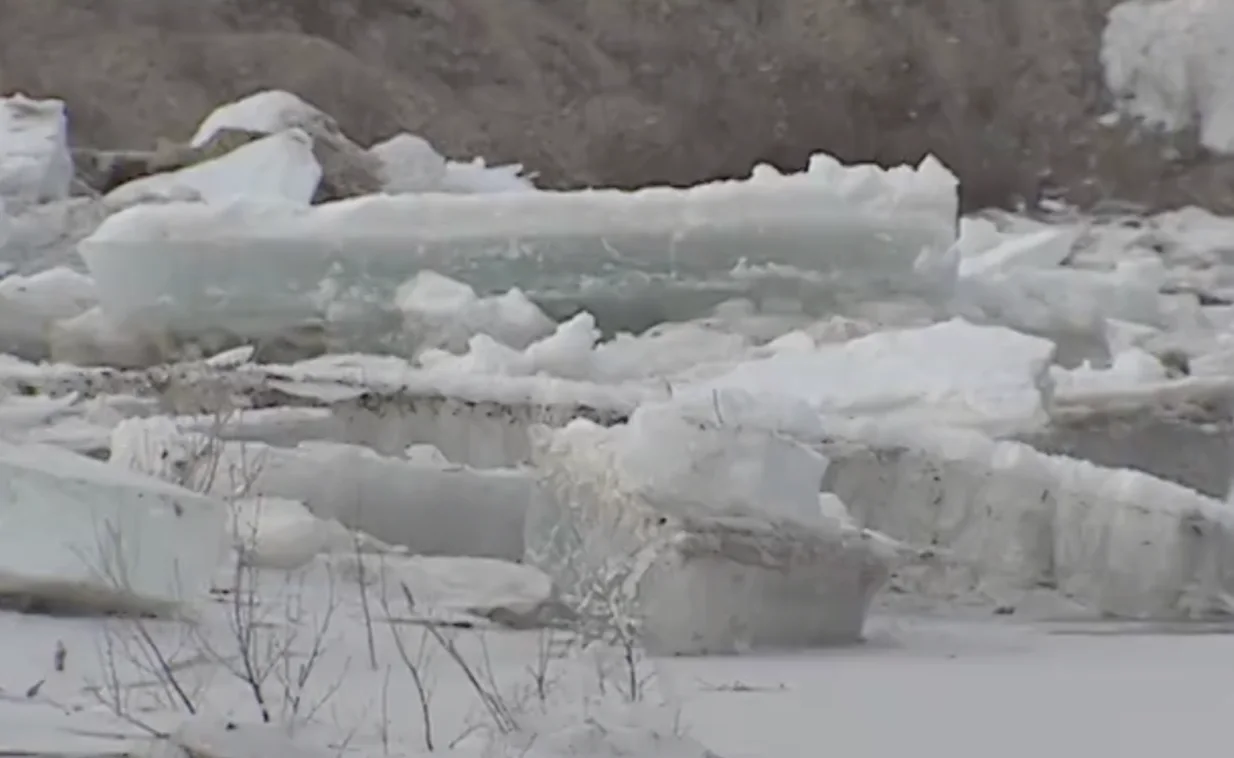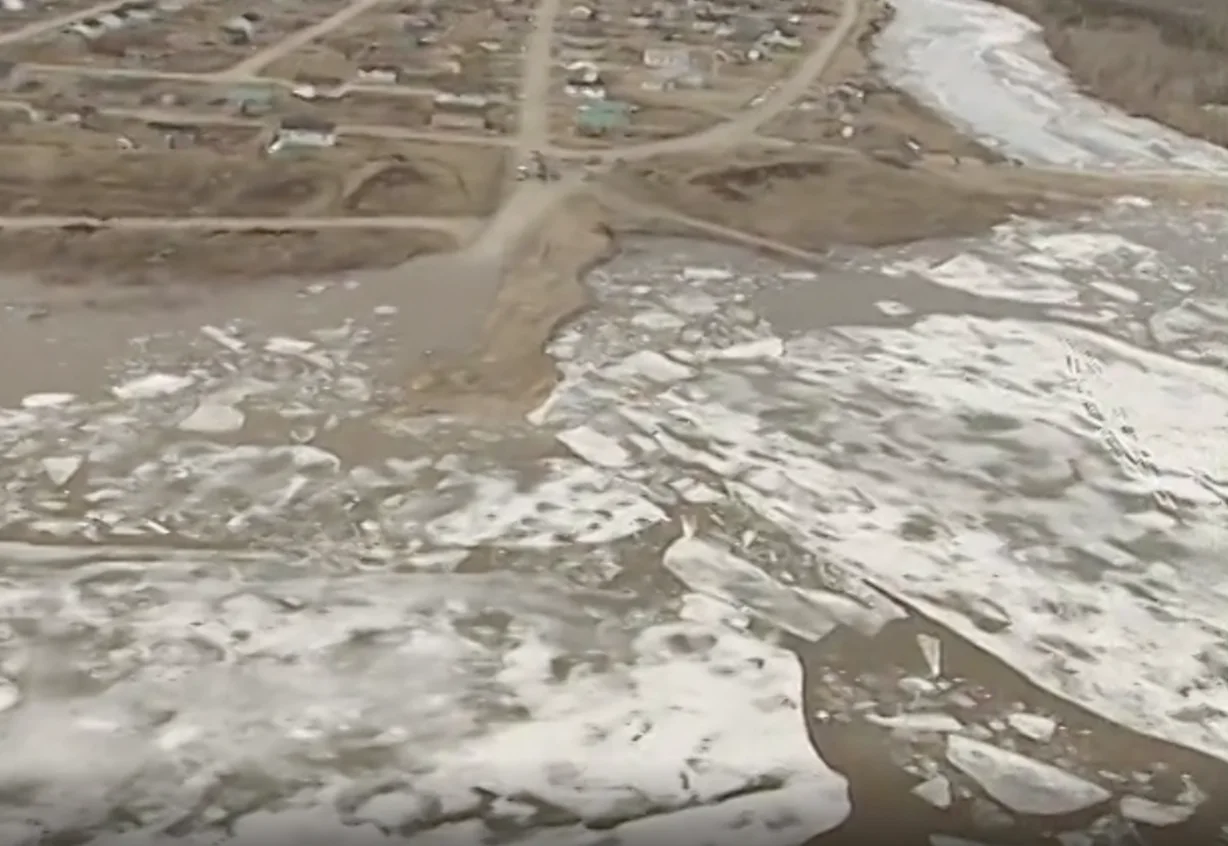
Recalling the 2008 evacuation of the flood-vulnerable Fort Albany First Nation
On April 27, the Fort Albany First Nations community was evacuated from their home due to flooding.
This Day In Weather History is a daily podcast by Chris Mei from The Weather Network, featuring stories about people, communities and events and how weather impacted them.
--
On Sunday, April 27, 2008, residents of Fort Albany First Nation, Ontario evacuated their homes due to extreme flooding. The community had a population of 900 comprised of mostly women and children.
Along with Moose Factory and Rupert House, Fort Albany was one of the three original James Bay posts for Hudson's Bay Company.
In 2008, many areas in the James Bay region were impacted by the flooding, including Fort Albany and Kashechewan First Nation communities.
The water levels in the Albany River rose as the snow melted. By April 17, there was a state of emergency for Kashechewan, which is located at the mouth of the river.

Fort Albany, Courtesy Dwayne Oud
Evacuations started for Kashechewan on April 25 and continued until everyone was airlifted to safety by April 28.
Click here to subscribe to This Day in Weather History
The James Bay area has a history of ice jam flooding. In the 1990s, dykes were installed to protect the two communities. The dikes have been tested over the years. In 2006, water levels rose just 0.6 m from the top.
But in 2008, water flooded the dike along the Fort Albany Community. There were efforts to control ice built up in the area, but the area still saw its worst flooding since 1985.

Fort Albany, Courtesy Dwayne Oud
To learn more about the ice breakup mission and the flooding of the Fort Albany and Kashechewan First Nation communities, listen to today's episode of "This Day In Weather History."
Subscribe to 'This Day in Weather History': Apple Podcasts | Amazon Alexa | Google Assistant | Spotify | Google Podcasts | iHeartRadio | Overcast'
Thumbnail: Fort Albany, 1886. Courtesy of Wikipedia









